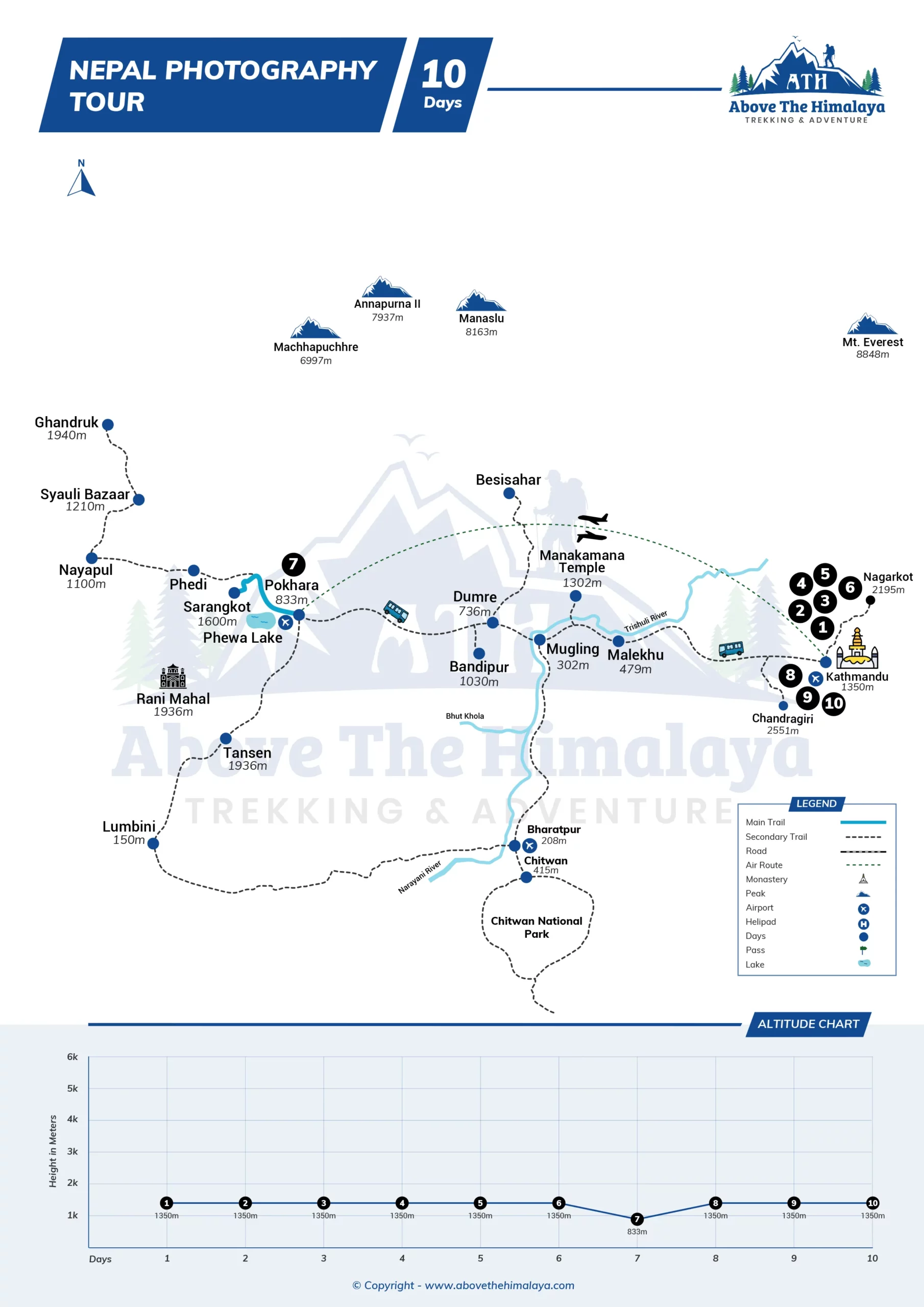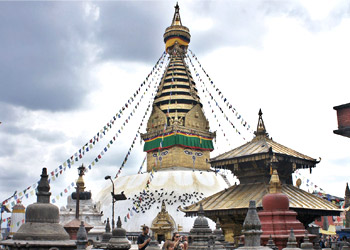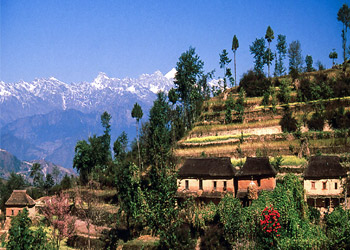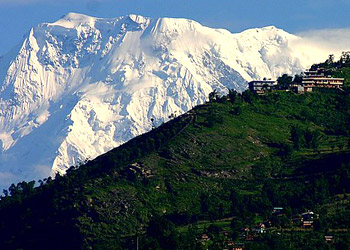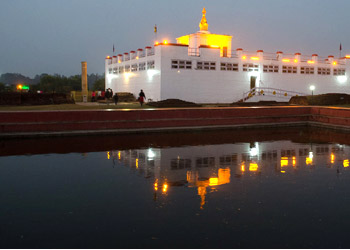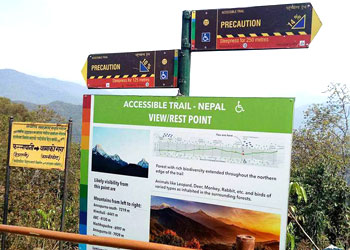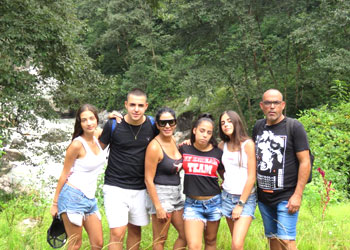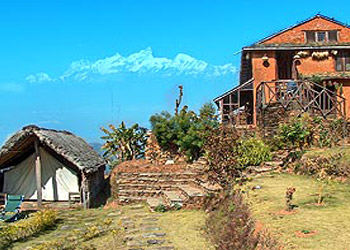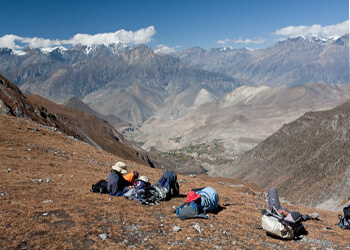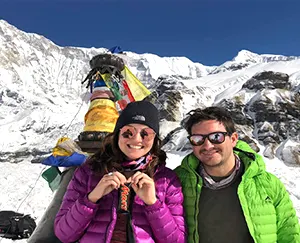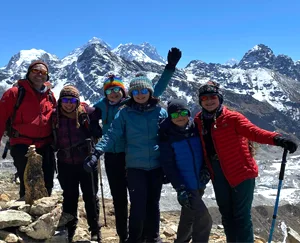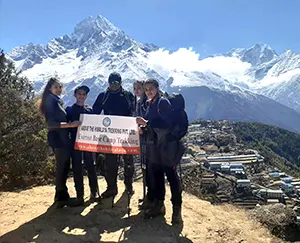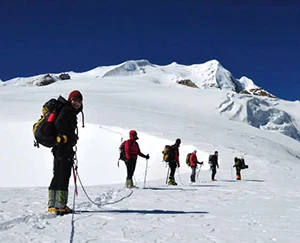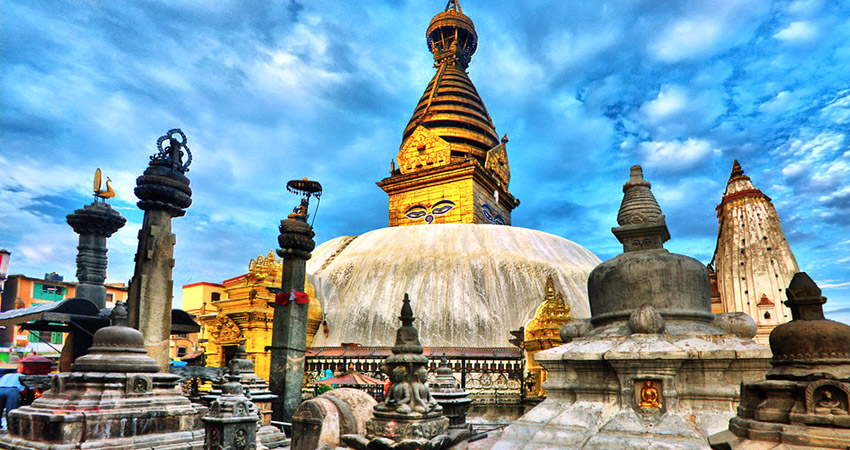

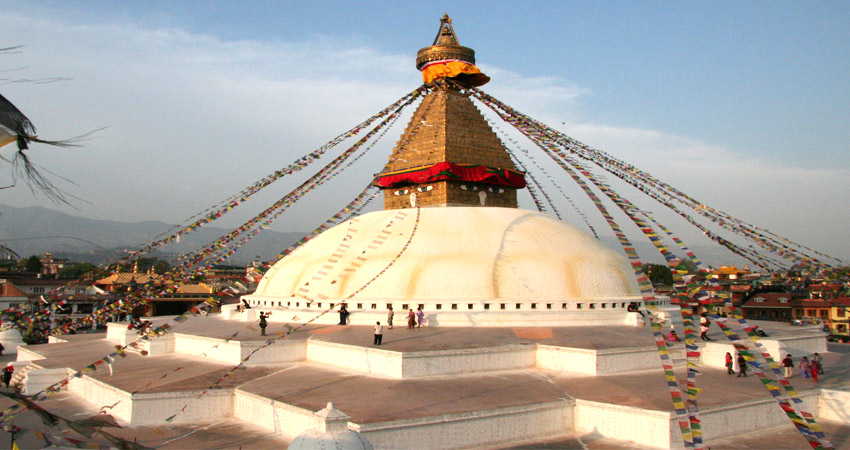
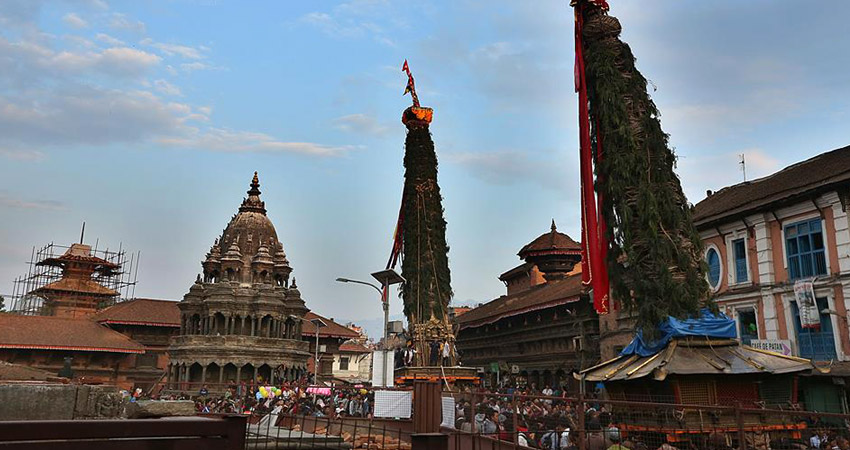
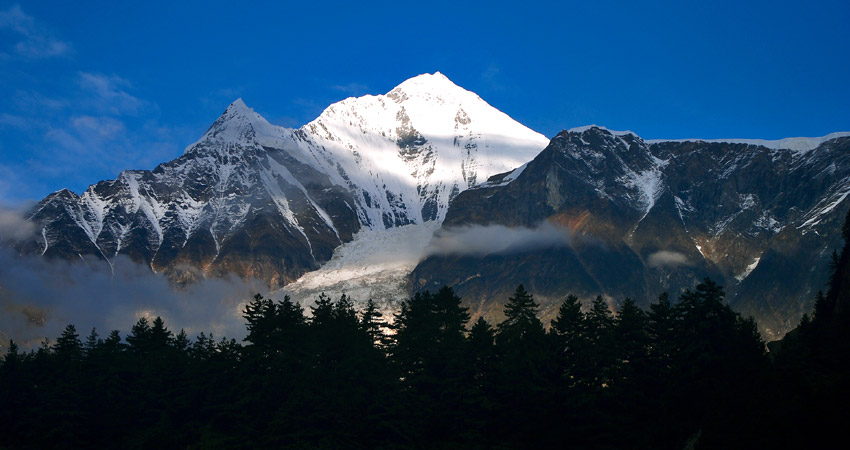
Highlights of Nepal Photography Tour
- The ten popular World Heritage Sites
- The art and architecture of the country
- The view of the world’s tallest mountains
- Nepal photography covers culturally rich places
- The unique lifestyle of people
- Explore the hidden treasure
Overview of Nepal Photography Tour
Nepal Photography Tour is the best tour for taking photos of the Himalayas and its unique people. Nepal is the only country where culture, nature, and other unique traditions exist. This tour will take you to the world’s most beautiful places for photography.
It will also allow you to explore the precious hidden parts. Enjoy the luxury photography tour to the most extraordinary landscapes and cultural experiences. We will capture the Wonders of nature and the unity and diversity in this country. In addition to that, people of various ethnicities, religions, castes, and creeds live here.
Nepal has the best scenery of landscape, flora and fauna, lakes, rivers, forests, etc. It has panoramic mountain views and historical places. The Stupas and monasteries have made Nepal the best destination for photography. Similarly, UNESCO has listed 10 areas in Nepal as World Heritage Sites.
These places include sacred temples, National Parks, and Stupas. They reflect ancient architectural beauty and represent various cultural and religious values of people. The Nepal photography tour is the best opportunity to explore and capture these precious places in your cameras for a lifetime.
Best photography in Pashupatinath temple with Sadhus
In this Nepal Photography Tour, you get to explore many beautiful places with amazing landscapes. You mostly visit sites where taking photos is not prohibited. Besides, you can enjoy every moment with nature. The tour starts from Kathmandu Valley. We will visit ancient places, historical palaces, monuments, and old museums.
The visit to Kathmandu Valley will take you to the beautiful Places of Nepal. You will visit the Sadhus at Pashupatinath temple. There, the cremation of our dead body occurs in the fire on the riverbank of Bagmati. You will meet with many Sadhus, and yogis can see the pilgrimage praying at the temple.
We are capturing the famous Sankhu and Pharping local villages. We cover some of the best Temples and monasteries, such as Dakshinkali and Namobuddha. There are old towns in Newari, such as Bungmati and Khokana. They are the best places to capture the lifestyles of people of various ethnicities.
Furthermore, in our Nepal photography tour, we will travel to Pokhara. It is a city of lakes and natural wonders, with fantastic and breathtaking lakes and rivers. The lakes, rivers, and stunning views of the mountains make this place beautiful.
The lavish lifestyle and the shopping areas are the major appeals of the place. Also, the waterfalls, temples, local settlements, etc., fulfill your Nepal photography goals with taking best phootos of lanscapes and nature view.
There is World Peace Pagoda and Sarankgot viewpoint near Pokhara. Here, you can witness the naturally beautiful Nepal with astonishing views of nature. These fantastic views will surely add some spice to your Nepal photography tour.
Itinerary of Nepal Photography Tour
01
Day 01: Greetings at Kathmandu Airport and transfer to hotel.
We will meet you at Kathmandu Tribhuvan International Airport and welcome you with marigold flowers for your Nepal photography trip. We will then transfer you to the hotel, and you will have time to freshen up.
After that, we will briefly meet about the itinerary tour program and other details. We will give you a short brief about your tour and introduce your tour guide for the Nepal photography trip. You can ask any question with the tour organizer and your tour guide.
02
Day 02: Photography Tour inside Kathmandu Pashupati Nath ( Sadhus) and Monkey Temple.
Today, we will start our trip from Pashupatinath Temple. Here, people burn the dead body on the riverbank of the Bagmati River for cremation. You can meet many Sadhus and yogi and see the pilgrimage praying in the temple.
After visiting Pashupatinath, we will visit the Monkey Temple (Swyambhunath). It is very ancient and essentially enlisted in UNESCO World Heritage sites. From the Monkey Temple, we can see the best view of Kathmandu Valley. This temple is one of the world’s most enchanting, glorious, and oldest Buddhist stupas.
People believe that the temple is more than 2,000 years old. This famous humanmade landmark is on a hillock about 77m above the level of the Kathmandu Valley. The Stupa of Swyambhunath stands on a typically stylized lotus Mandala. A significant highlight of the temple is the splendid changing view of the valley seen from the platform of the spot.
03
Day 03: Tour of Sankhu Village and Sali Nadi, can capture the local terraces and vegetable fields
After having breakfast, our tour starts with your guide and vehicle. We drive for about 1-1.5 hours to Sankhu. Sankhu is a medieval Newar village and a major pilgrimage center for Hindus. We can visit the Vajrajogini Temple, where people organize big meals for one month.
People keep fasting and worshiping here. They leave their home for one month here in the name of the goddess Parvati. We can see the Sali Nadi.
04
Day 04: Tour of Pharping and Dakshinkali
Today, the Nepal photography tour starts with Pharping. It is a small town south of Kathmandu, about a 19 km drive. It is a culturally prosperous and thriving Newari town. It is the sacred site of Hinduism and Buddhism. Guru Rimpoche (Padmasambhava, a lotus-born God) attained a Mahamudra Vidyadhara here.
It is an ancient Buddhist pilgrimage site. Many Tibetans and other Nepalese Buddhist devotees are staying there. The village has a religious Buddhist monastery, Shesnarayan temple. It also has Bajra Yogini temple, Gorakhnath temple, and Guru Padmasambhava meditation cave.
People believe that he was enlightened at Asur Cave. Recently, numerous Buddhist monasteries have been built in the area. You can join the other pilgrims in the clockwise pilgrimage circuit (parikrama in Nepalese, kora in Tibetan). After visiting the Pharping, our Nepal photography tour will visit Dakshinkali temple.
The temple honors the goddess Kali. She is a bloodthirsty incarnation of goddess Parvati, consort of Shiva. Kali is the black female God temple. The temple’s name refers to its position in a stunning river gorge of the Black female goddess of the south.
The Kali God loves blood, so people sacrifice chickens, goats, sheep, pigs, and even buffaloes to the goddess. The temple priest, a skilled butcher, transforms the meat into pieces. Once they make a sacrifice, the heart goes into the pot.
The pilgrims bring all the ingredients to make barbeque and feast under the shade of trees. Saturday is the big sacrificial day, and blood flows freely on Tuesday.
05
Day 05: Capturing Namobuddha and Bhaktapur
Our Nepal photography tour begins with Namo Buddha. It is a magnificent Buddhist monastery 38 km east of Kathmandu at 1,750 meters. Namo Buddha is one of the most important pilgrim sites in the valley. It holds significance particularly to Tibetan Buddhists. The temple tells the story of Gautam Buddha.
Buddha gave up his body compassionately for a starving tigress and her cubs. This holy land is very relaxing and comfortable. Thrangu Rinpoche designed the Namo Buddha to represent the three yanas or paths. It is beautiful and elegant. This holy Buddhist pilgrimage place has many symbolic meanings.
On Return, visit Bhaktapur (the Bhaktapur tour is famous for seeing these things). Pottery and weaving are its major traditional industries. Sometimes, taking a break from the temples and sitting back is best. You can watch the unchanging rituals of daily life, such as the laying out of grain to dry in the sun.
There are families collecting water or washing under communal taps. The children play simple games, and the dyed yarn flaps in the breeze. The potter works to throw the clay. These are the major attractions of this site.
A massive earthquake in 1934 destroyed many temples, battles (monastery courtyards), and residences. But, the city is still living proof of the highest craft standards in this part of the world. You can also enjoy seeing the narrow brick-paved streets. Many alleys will show hidden shrines and statues.
06
Day 06: Tour of Bungmati and Khokana and Kirtipur
On the Nepal Today Tour of an ancient village near Kathmandu, you will visit Bungmati, Khokana, and Kirtipur. Bungamati and Khokana are old Newari villages (of the 16th century) like Kirtipur. However, seeing Khokana and Bungamati is slightly different from visiting Kirtipur.
The main attractions of Khokana village are the traditional way of oil making. People in Bungmati are more popular for making conventional wood carvings. One can see it in the historical places in and around Kathmandu Valley. This trip is the perfect Photography trip to Kathmandu.
Kirtipur is an excellent exception for Nepal photography tours—the usual Newari settlements. It lies on twin hillocks and clinging to the saddle about 5 km from Kathmandu. Kirtipur has two satellite hamlets to the south, Panga and Nagaon. The kingdom was powerful. It defeated the most powerful king in Nepalese history three times when he tried to unify it with Nepal.
07
Day 07: Fly to Pokhara, Photography in World Peace Pagoda, Boating in Lake and visit near by Farm House.
Today, after breakfast, we will fly to Pokhara in our Nepal Photography itinerary. Then we will transfer to the hotel. We will capture the photos by boating in the Famous Lake Phewa.
We will enjoy the photo sessions on the lake, which is surrounded by beautiful scenery. From here, we will visit the local farmhouse. You can see the farmers working in the field, and you can capture the world peace stupa.
08
Day 08: Early morning capture Himalayas from Sarangkot, late afternoon fly to Kathmandu.
We will drive 35 minutes in the morning to Sarangkot village for the Nepal photography tour. This place offers a superb Himalayan vista of mighty peaks, and You can see the Annapurna, Himalchuli, Machhapuchhare, and Lamjung Himal. Sarangkot Tower hiking will amaze you.
You will witness the sunrise over the white snow-capped mountains. You can view the Whole Annapurna and Dhaulagiri Ranges, including a fishtail view. Arrive back to the hotel. Have breakfast, rest, and roam around the lakeside. We fly back to Kathmandu in the afternoon and transfer to the hotel.
09
Day 09: Free day , Photography in your own, free time for shopping
Today, during your Nepal photography trip, we have a free day in Kathmandu. You can capture and visit the local area near hotels like Kathmandu Durbar Square. You can visit local shops at Asan Bazar. You will have time for shopping.
10
Day 10: Final Departure
You can do other activities after your Nepal photography trip at an extra cost, and we will be happy to arrange them for you. If you leave Nepal, we will drop you off at the international airport to catch your flight home.
We wish you a comfortable journey in Nepal, traditionally and culturally, and hope to see you again.
Trip Extension
Suppose you have more time in Nepal after this trip. In that case, we can help you to extend your trip by running different treks in Nepal, tours in Bhutan and Tibet, Jungle safari tours at Chitwan, Bardia, and other National parks, Nepal luxury hotel booking, Rafting, Ultra-light flights, or any other travel-related services. You can get more information here.
Nepal Photography cost cover details
What's Included?
- Kathmandu Airport to Hotel and back to Airport transfers by private car.
- Your hotel twin-sharing accommodation in Kathmandu includes breakfast.
- Your hotel twin-sharing accommodation in Pokhara provides breakfast.
- The best guide to help you find the best spot during your photography tour.
- Kathmandu Pokhara Kathmandu flight ticket
- Comprehensive pre-departure information for the trip.
- Above the Himalaya Gifts
- Welcome,/Farewell Nepali Dinner in Kathmandu.
- Official paper works, office Service charges, and all Government Taxes
- All local transfers by private car throughout the tour
What's Excluded?
- Meals other than breakfast.
- Nepal entry visa fee, you can get at the Kathmandu Airport.
- International airfare, sightseeing/monuments fees, boating fees.
- Domestic flight fare
- Travel Insurance
- Tips for tour staff and driver
- Any other expenses which are not mentioned in the Price Include section.
Route Map & Altitude Chart
Nepal Photography: what to take
Nepal is one of the best places for amateur photographers to take natural photos. Different natures and cultures sit in perfect harmony. Ancient Buddhist and Hindu traditions still exist here. The Nepal photography tour is the most popular new tour for aborning photographers. Furthermore, several places in Nepal are also on the UNESCO World Heritage Sites list.
This tour is a vital chance to get great photos of some of the world’s most stunning historical and natural sights. Nepal’s Himalayas have the best natural landscapes for photography, with massive vistas and panoramic views.
Photography is better for packing for Nepal. You can check the weather before you start packing. Suppose you won’t be traveling for a few weeks or months. You can check the average highs and lows to help you anticipate your wardrobe needs as you prepare.
Nepal Photography Essentials
- A sturdy bag to carry your camera, lenses, and tripod for your Nepal photography tour.
- Your preferred camera with full manual controls.
- Wide-angle lens: 10-16mm range for APSC bodies or 16-35mm range for full-frame bodies
- Standard range zoom: 24-105mm
- Mid-range zoom: 70-200mm
- Camera strap
Optional
- Different lenses capture the Himalayan view, people, and bright cultural sites.
- Neutral Density Filters—at least 3200 and 10000 stop filters and a lens mounting system for the lenses you want to use them on.
- Tripod
- Memory cards and card reader
- Extra batteries plus battery charger and cables
- Laptop with your choice of photo editing software
- Lens cleaning cloths
- Small rocket blower or sensor dust cleaner
- Waterproof baggies for rain or sand conditions
Clothing and Accessories
- Good walking shoes, an extra pair of trainer
- Shirts (short and long-sleeved)
- Socks and underwear
- Pants/shorts/jeans
- Pajamas
- Bathing suit
- Cap
- Raincoat and umbrella
- One warm jacket for the sunrise tour.
- Lightweight fleece or sweater if you travel in winter
- If you travel in winter, December-February, get a warm enough jacket, sweater, coat, trousers, thermal wear, and warm socks.
- A woolen hat, light gloves, and a scarf for Nepal photography.
Toiletries
- Toothbrush
- Toothpaste
- Shampoo/conditioner
- Soap
- Deodorant
- Hairbrush/comb
- Sunscreen
- Hand sanitizer
- small medicine box
- sunglasses
Money
- ATM card ( You need to call your bank before traveling to Nepal and tell them to unblock your card.)
- Personal credit card
- Bring Cash of about USD 60 to pay the on-arrival visa fees and for some coffee and tea at the airport lounge. You can bring small notes; it is easier to exchange
Electronics
- An adaptor/converter, the two-pin plug is primarily used in Nepal
- Camera with extra batteries or charger
Official Documents
- Passport: The most valid is six months before you arrive here. Get also a copy of it.
- Few passport-size photographs for a visa and to get the local SIM card
- A copy of the tour itinerary
- A list of significant phone numbers
Carry-on bag
It is also a good idea to pack the below things for your Nepal photography tour if your checked luggage is delayed:
- Passport
- Money
- Airline boarding pass
- Toothbrush and toothpaste
- Sunglass
- Hairbrush
- Extra clothes
- Medication
Best time for Nepal Photography
You can travel for this tour throughout the year as it is a year-round destination. Nepal has four seasons, and the climate varies with the altitude and the time of year. The best time for Nepal photography is from late September to early December. March to early May is also the best time for the trip.
October and November are the Autumn months and the best time to visit Nepal in terms of weather. The temperature is at a comfortable level. It is after the monsoon, so they remain clear with crisp air. It will provide incredible mountain views.
Furthermore, the temperature is higher in March and May. It is the best time to capture the greenery and blooming flowers. You can also catch the color of the holy festival at this time.
Suppose you want to capture the Nepali festival and get into its culture in your Nepal Photography tour. October and November are the best times for you, as we have big festivals in Nepal. People celebrate the Dashain festival for 15 days, which takes place across Nepal.
People spend time with family and friends playing cards, singing songs, and dancing. There are many animal sacrifices in the temples and every house in Nepal. Another big festival celebrated during this time is Tihar. The celebration of Light, Tihar, is in October/November. Oil lamps and candles lit up the houses.
Reviews on Nepal Photography Tour
![]()
![]()
![]()
![]()
![]()
Based on 300+ Reviews

Marina Muchek
Australia
Best Photography Adventure
Thank you so much, Above the Himalaya trekking, for the best photography tour in Nepal. We had a fantastic time to capture the best picture of rural Nepal. I look forward to doing another photograph with you.
Marina Muchek & group
Book with Confidence
- Flexible bookings and easy trip date changes
- Personalized service and customized group sizes
- Safe travels with owner-operated services and highly experienced guides
- Best price guarantee for the most value for your money
- Secure & easy online booking
Your Trek Leader
 Enjoy Himalayan scenery with the help of Nepal’s best guides with Government license holders and got training in first-aid, our Trip Leaders, know where you’ll find the best photos, most fascinating wildlife, and the best stream crossings.
Enjoy Himalayan scenery with the help of Nepal’s best guides with Government license holders and got training in first-aid, our Trip Leaders, know where you’ll find the best photos, most fascinating wildlife, and the best stream crossings.
 Have Questions?
Have Questions?Talk to Expert
Meet Mr. Purushotam Timalsena (Puru), Nepal's best trek and tour organizer, who has been working in the Himalayas for more than 24 years.
WhatsApp/Viber +977 98510 95 800




